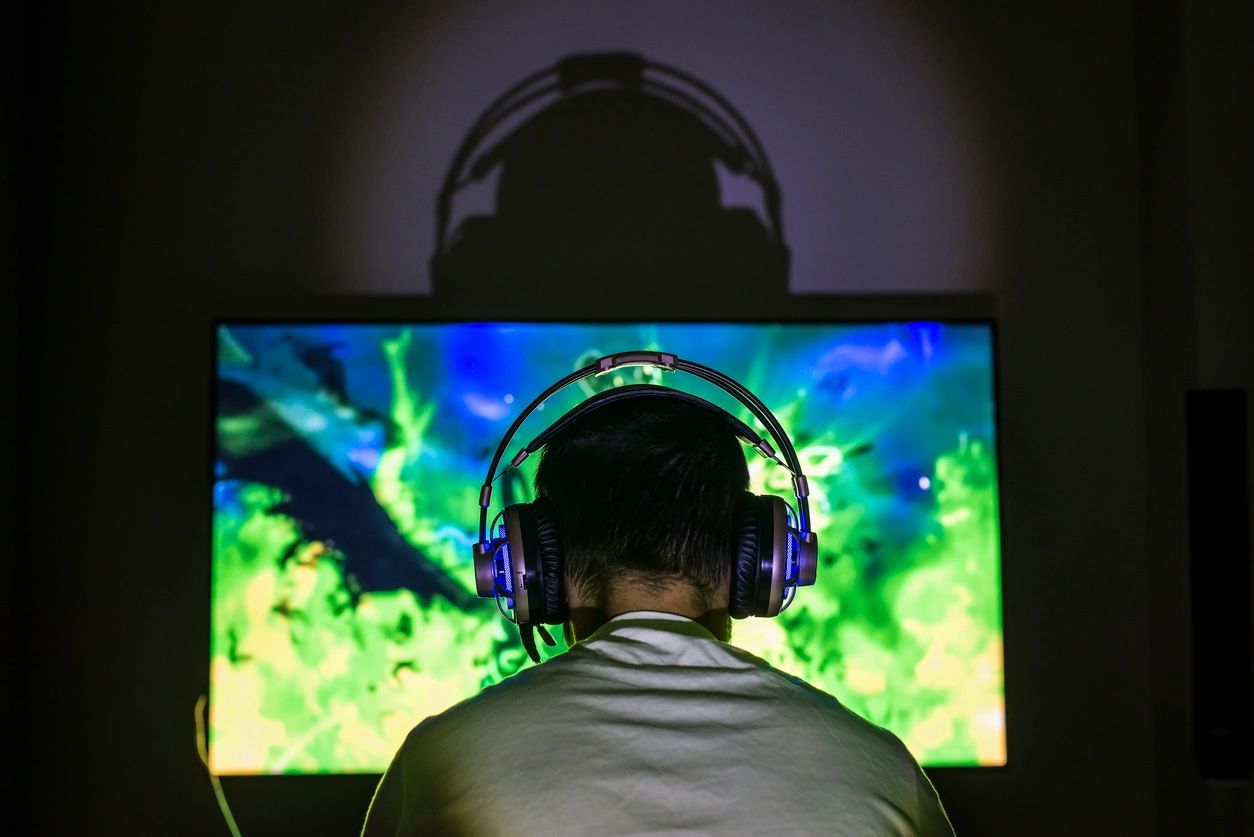Given the choice between seeing a therapist in real life or in virtual reality, which would you choose?
Can virtual reality mirror real life?
Research performed at Edith Cowan University and published in Frontiers in Virtual Reality examined whether study participants would rather talk to an avatar controlled by a person in a virtual reality world than face-to-face with a person in real life.
Virtual reality (VR) is a form of computer-mediated communication. It allows participants to interact with one another in a virtual world. In this study, virtual reality refers to an “immersive three-dimensional experience in a virtual world via a head-mounted display (HMD).” Inside a virtual world, participants are represented digitally as an icon or figure called an avatar. Thus far a limitation of virtual reality technology is that most avatars are quite basic. They lack realistic body movements and facial expressions.
Technology in the virtual reality field, however, is advancing rapidly. Newer virtual reality platforms use motion tracking through the user’s headset and controller. This allows the creation of semi-realistic motion avatars. If you are the user, for example, your avatar’s mouth moves when you speak. Some HMDs also use built-in eye tracking to create more natural eye movements in an avatar.
In the real world, slight changes in facial expression or body position are important aspects of nonverbal communication. Researchers think using these nonverbal cues in virtual reality will result in a more realistic experience. Realistic motion avatars can be created through full face and body motion tracking of a user.
This study explored the experience of participants when communicating with a partner in both a face-to-face interaction with a person in real time and with a realistic motion avatar in a virtual reality world. In the face-to-face interaction, the participant sat at a table across from their conversation partner. In the virtual reality environment, the setup was the same but inside a VR world. The conversation partner appeared as an avatar controlled in real time using motion capture. Both body movements and facial expressions of the conversation partner were captured and mirrored by the avatar.
Participants engaged in both types of social interaction, real life and in virtual reality, across two scenarios. The first scenario was a getting-to-know-you conversation and the second a semi-structured interview. The interview structure was used to explore the potential of using virtual reality in therapy. During the interview, participants talked to their partner about both positive and negative personal experiences. After each interaction participants rated their experience in the following categories: enjoyment, closeness, self-disclosure, comfort, and awkwardness.
The study sample consisted of 52 undergraduate students: 10 male and 42 female. All participants were generally socially active people who had multiple face-to-face social interactions each week. 81 percent also reported having multiple phone conversations per week.
Some people prefer virtual interactions over physical
Overall, participants rated their experiences with social interaction in virtual reality similarly to face-to-face interaction. An exception was the category of closeness with their conversation partner. Fewer participants reported feeling a high level of closeness in the virtual reality world. Differences in interpretation of “closeness” may have contributed to the difference in ratings in this category. Closeness could be interpreted as physical distance or psychological distance. When discussing negative experiences, face-to-face communication received a higher rating for feeling understood.
Participants were also asked which environment they would prefer when talking to a therapist. Most participants said they preferred face-to-face communication. However, some participants felt the opposite, that they would choose the virtual reality interaction. 10 percent of participants preferred virtual reality communication when disclosing positive experiences. About 30 percent of participants preferred virtual reality when disclosing negative experiences. In the therapeutic setting, this research indicates some individuals may find it easier to discuss sensitive topics with greater perceived distance between themselves and the therapist.
RELATED: Video Gaming Disorder May Be Linked to Underlying Mental Health
Further research, limitations, and real-world applications
The findings in this study show that using full face and body motion capture when using an avatar results in a very similar social experience to face-to-face interactions. Future studies should examine whether an avatar’s appearance matters more or less in a social interaction than how it behaves. The authors cautiously suggest that behavior has a greater effect on user experience.
Additionally, further comparison must be made to compare social interactions in HMD-based virtual reality to other types of communication through technology. This includes texting, email, and video chats.
Limitations of this study are a sample of mostly 30-year-old socially active females with little to no experience with virtual reality. People who are more familiar with the technology, who struggle with social anxiety, or who have limited social interactions may have differing opinions. No avatar was provided for participants in the study, just their conversation partner. This is another element that could be added to enhance the participant’s experience.
RELATED: How Our Brains Learn to Use Tools
The use of more realistic motion avatars could improve the experience of social interaction in virtual worlds in multiple ways. This type of experience could also be utilized in education, business, and virtual tourism.
This research was funded by an Edith Cowan University Early Career Researcher Grant. Studies that involve human participants are reviewed and approved by the ethics committee at Edith Cowan University.
Reference
Rogers, S. L., Broadbent, R., Brown, J., Fraser, A., & Speelman, C. P. (2022). Realistic motion avatars are the future for social interaction in virtual reality. Frontiers in Virtual Reality, 2. https://doi.org/10.3389/frvir.2021.750729

About the Author
Shelby Nilsen writes research-backed health and science content for lay audiences online. She is a full-time traveler, pathology enthusiast, and lover of bad puns. Connect with her via her website or on Instagram @shellbeegrace.




